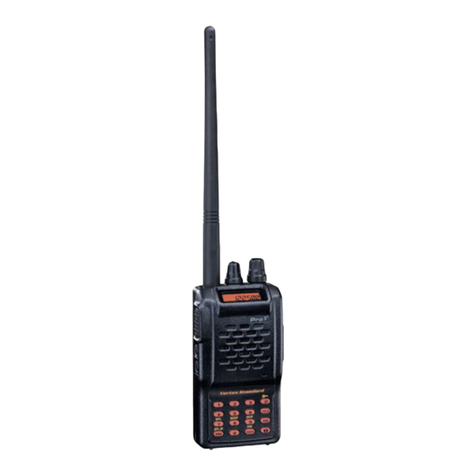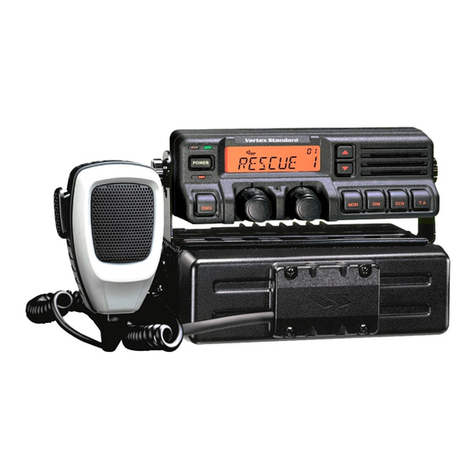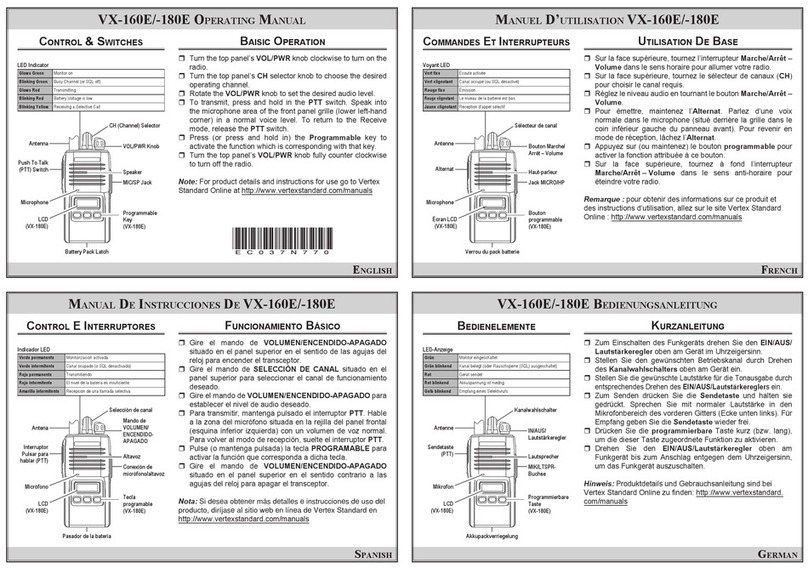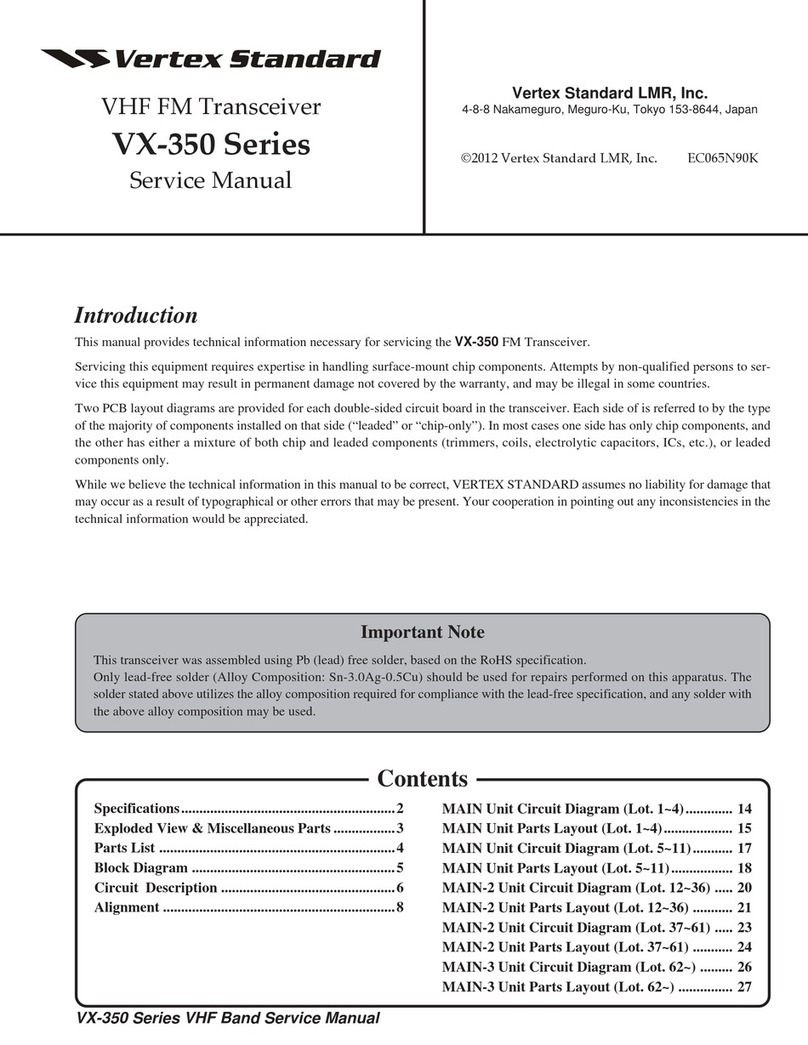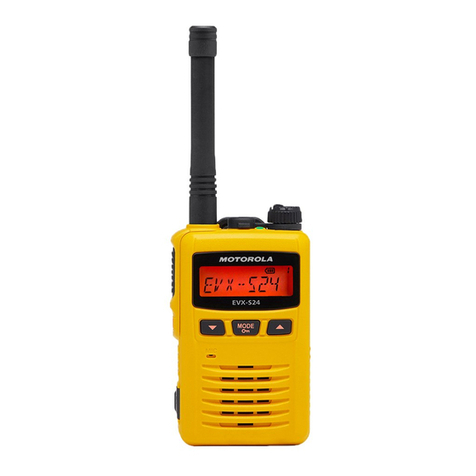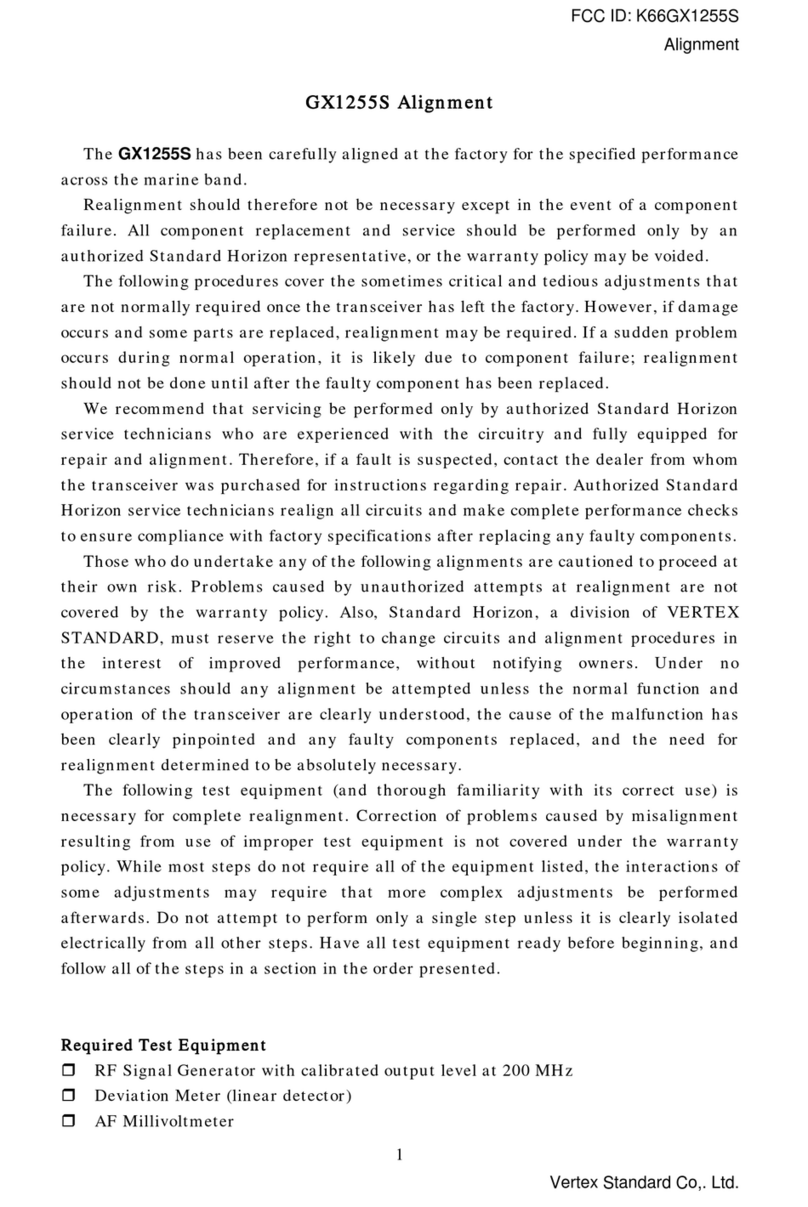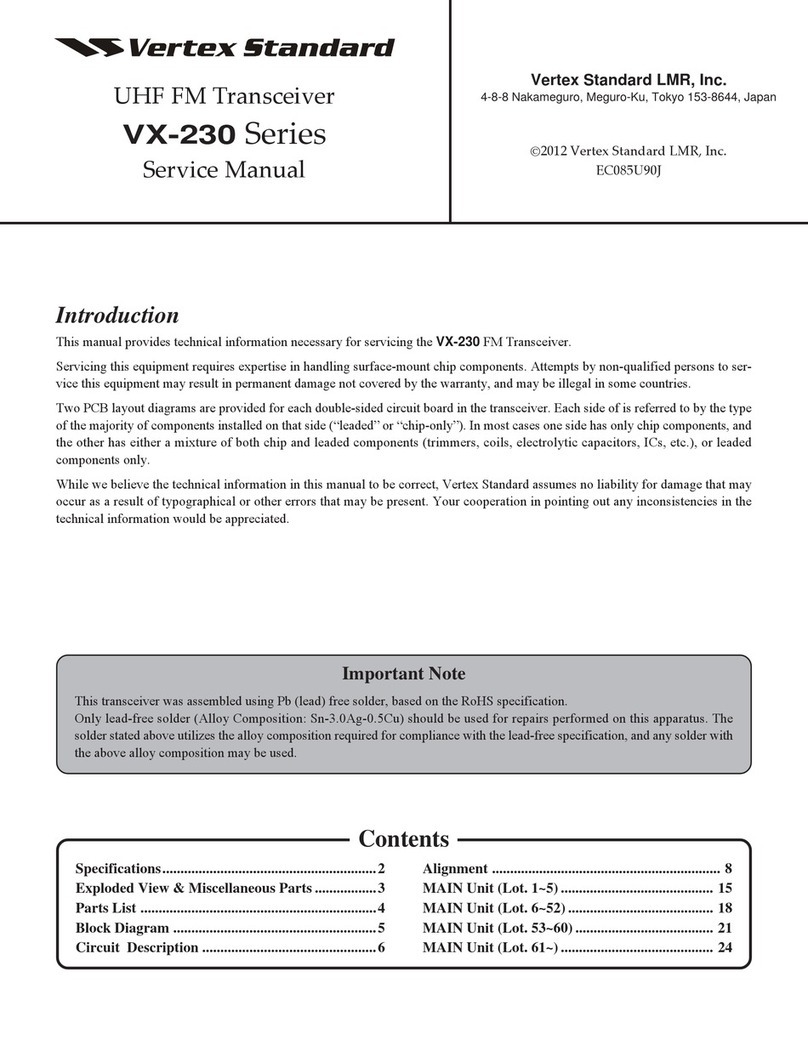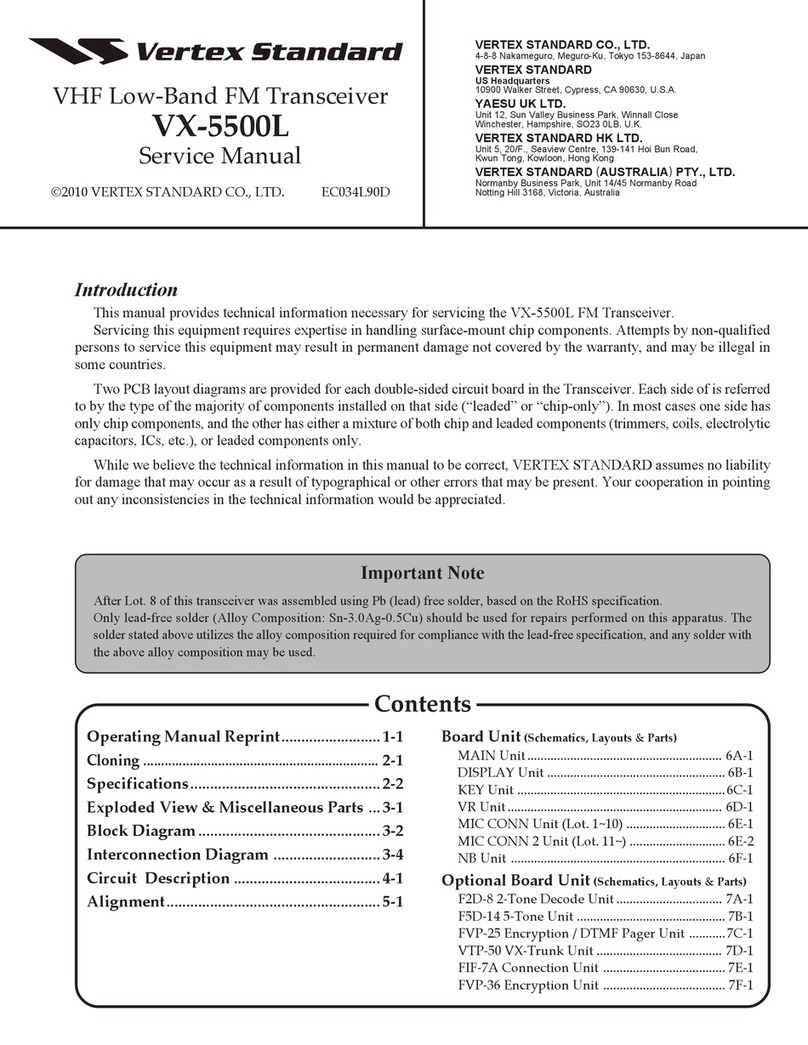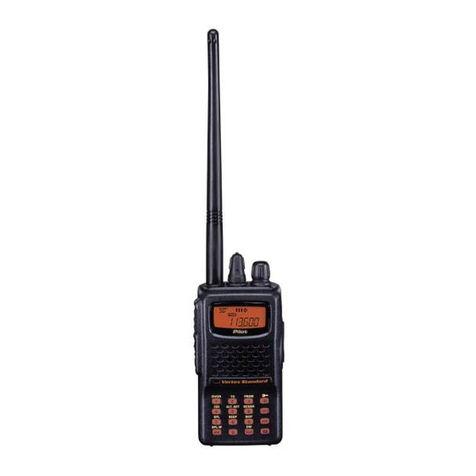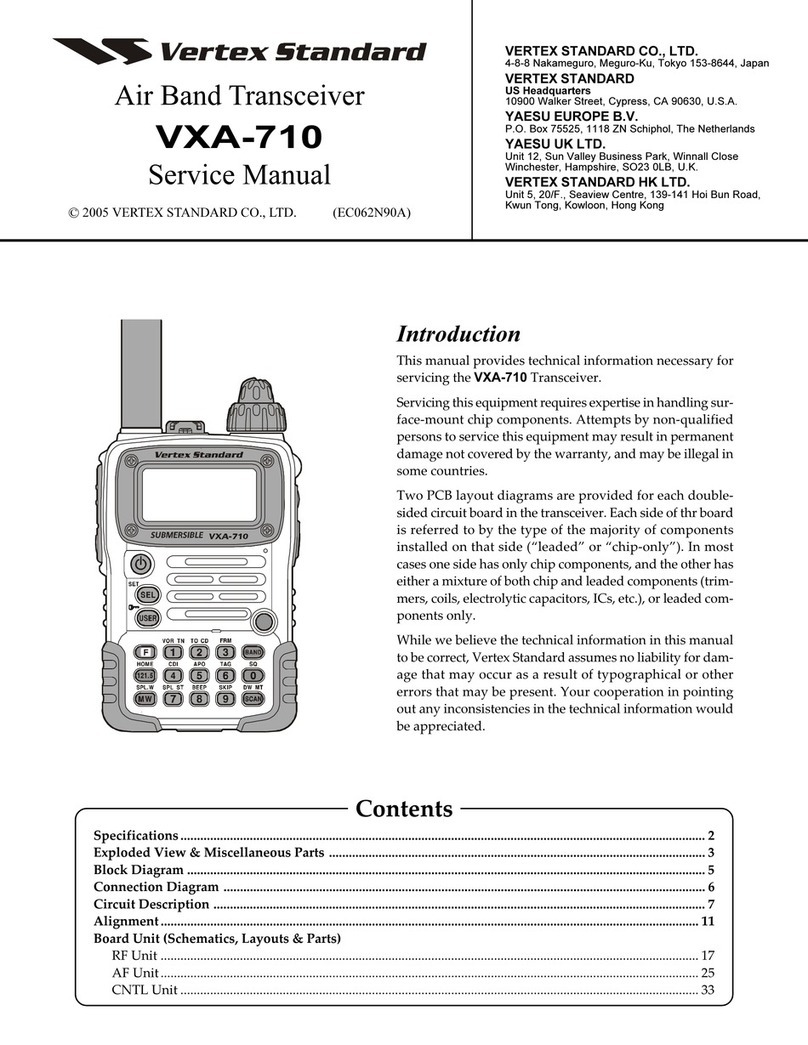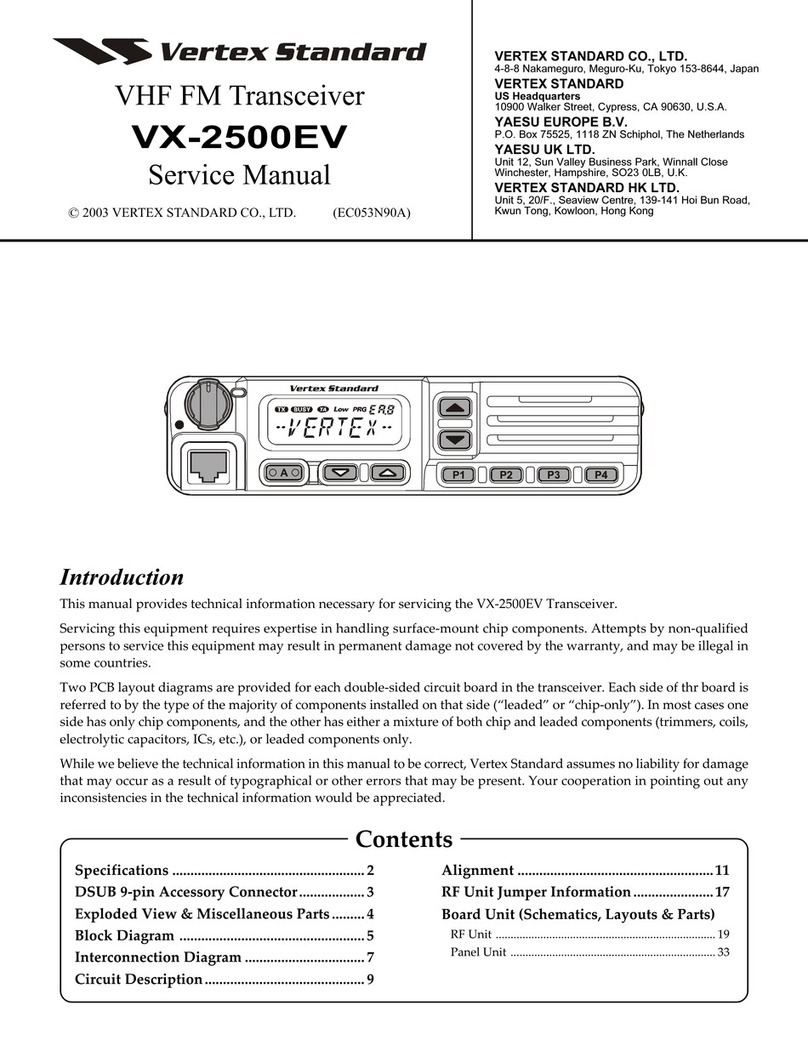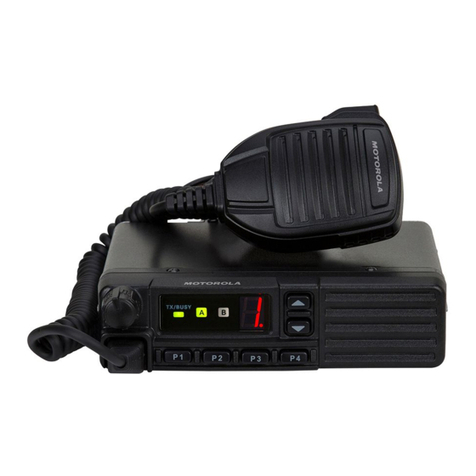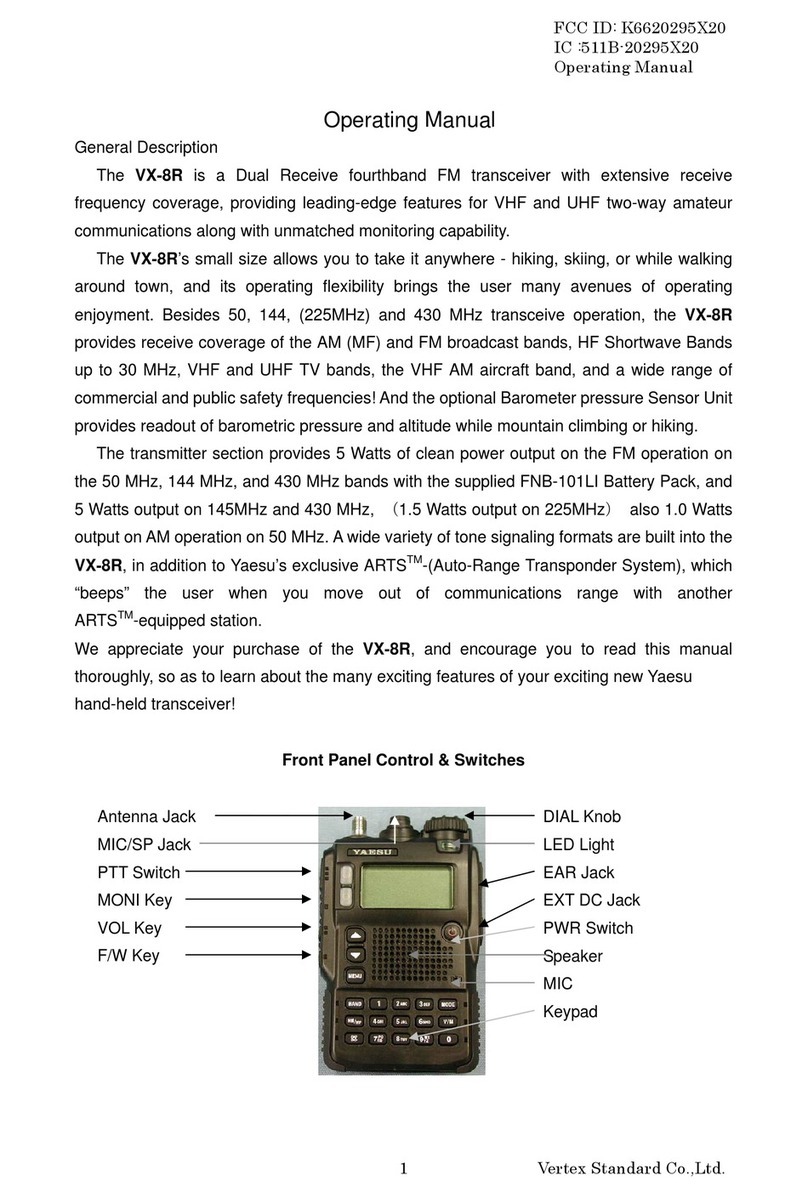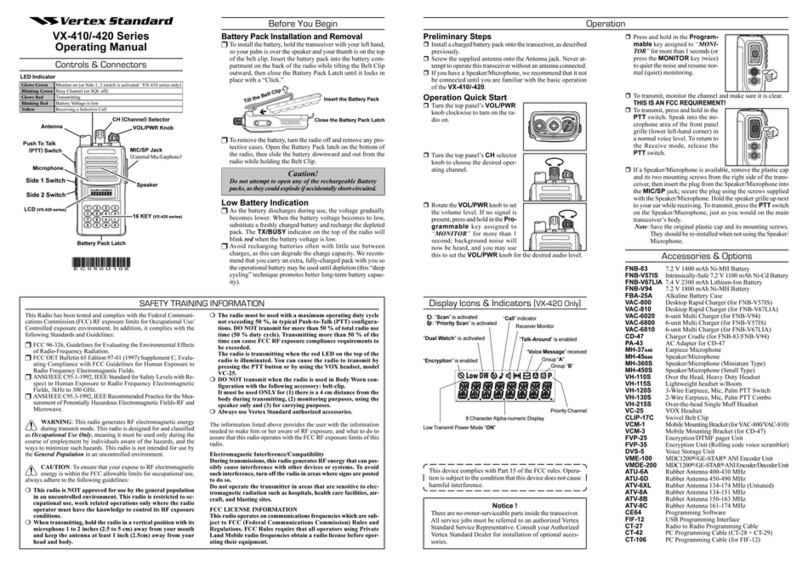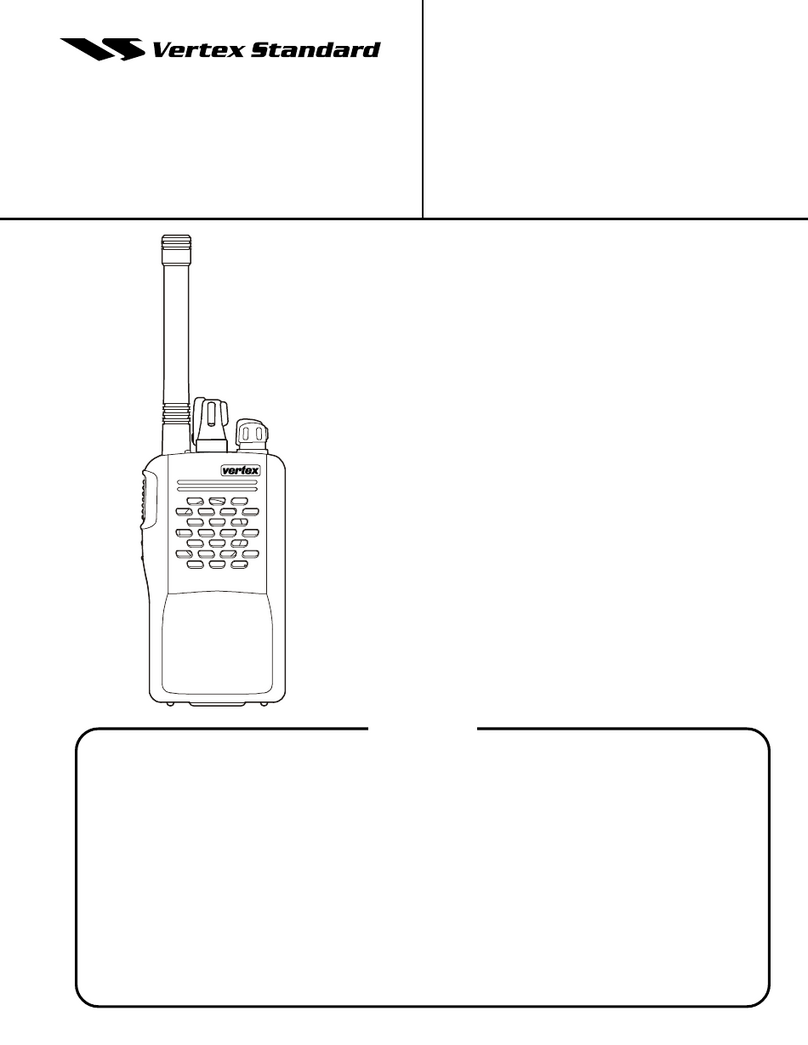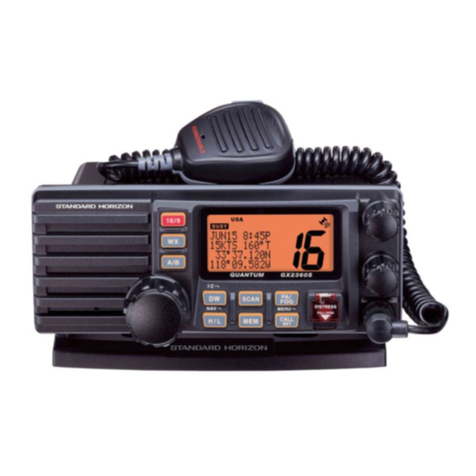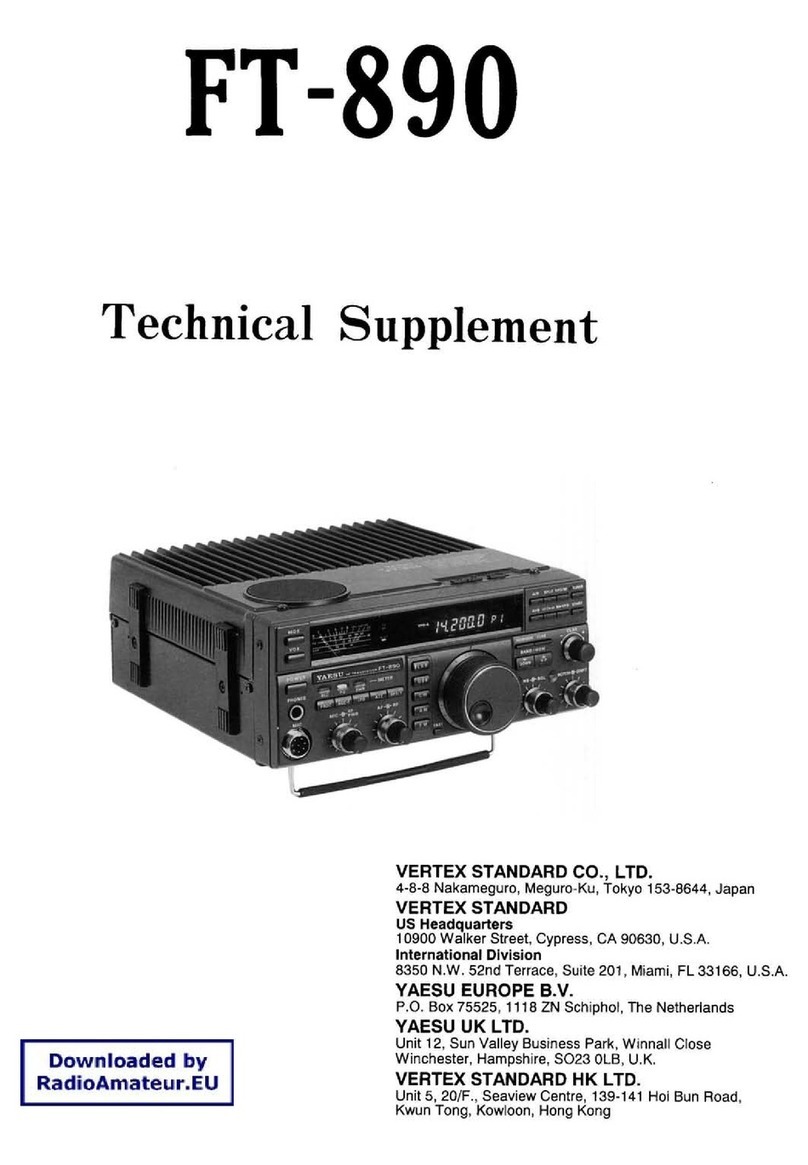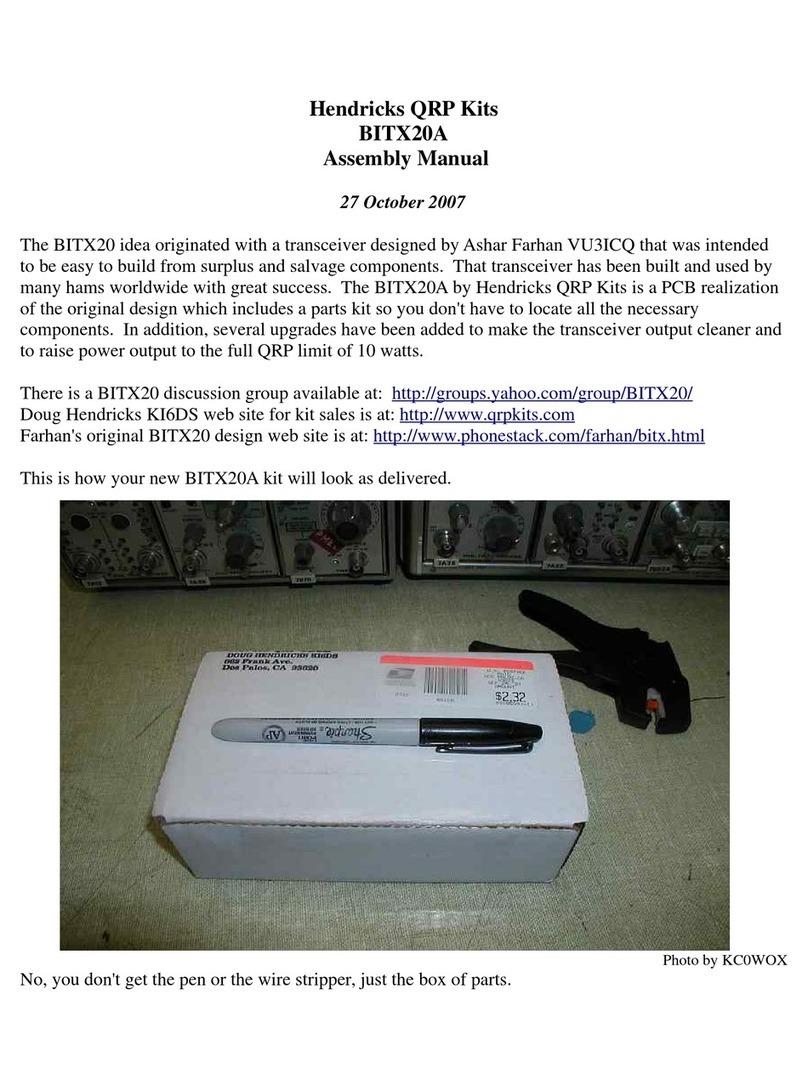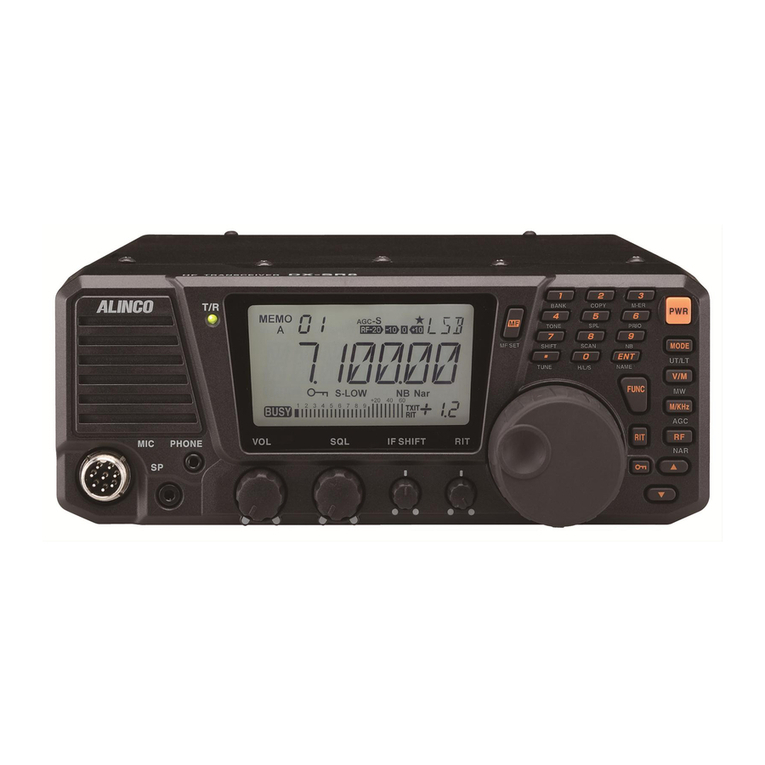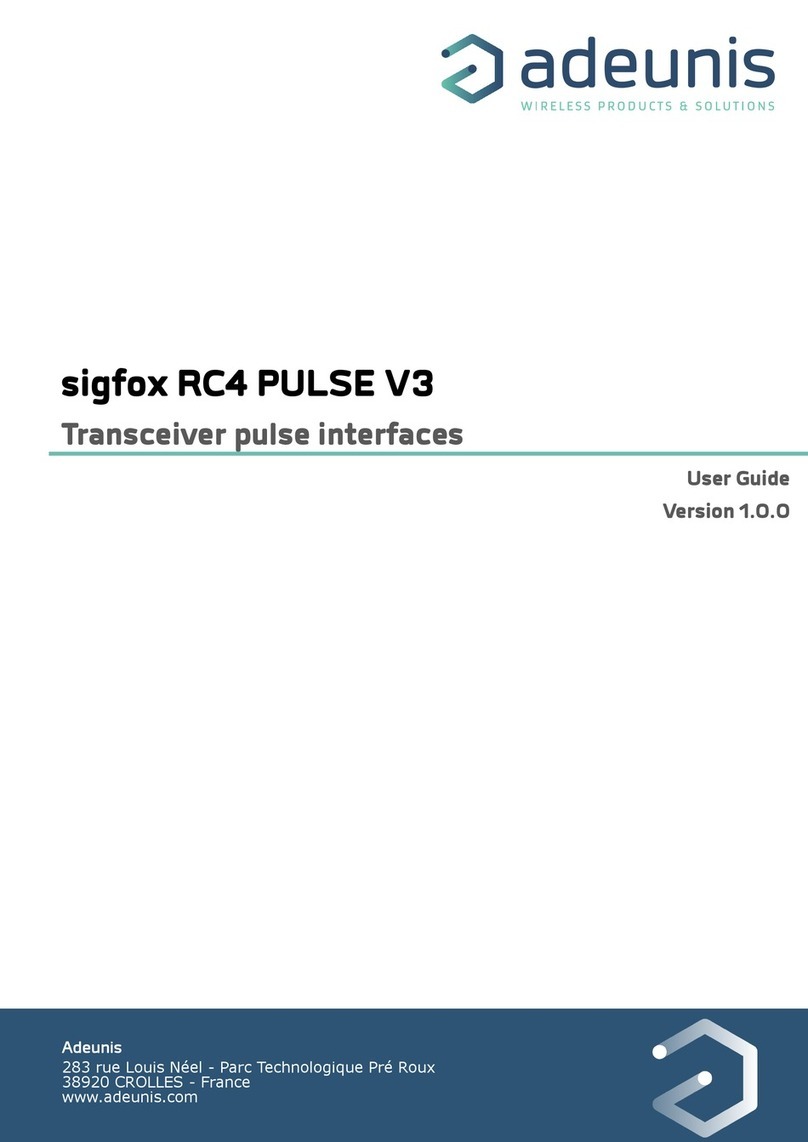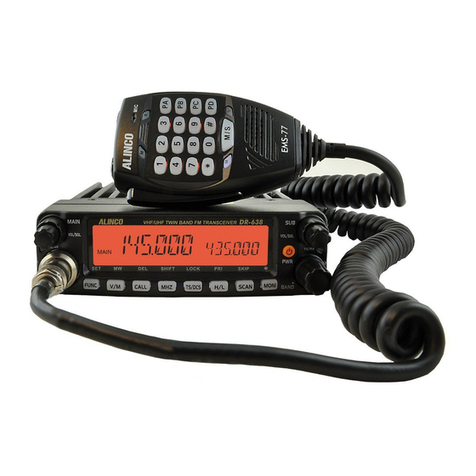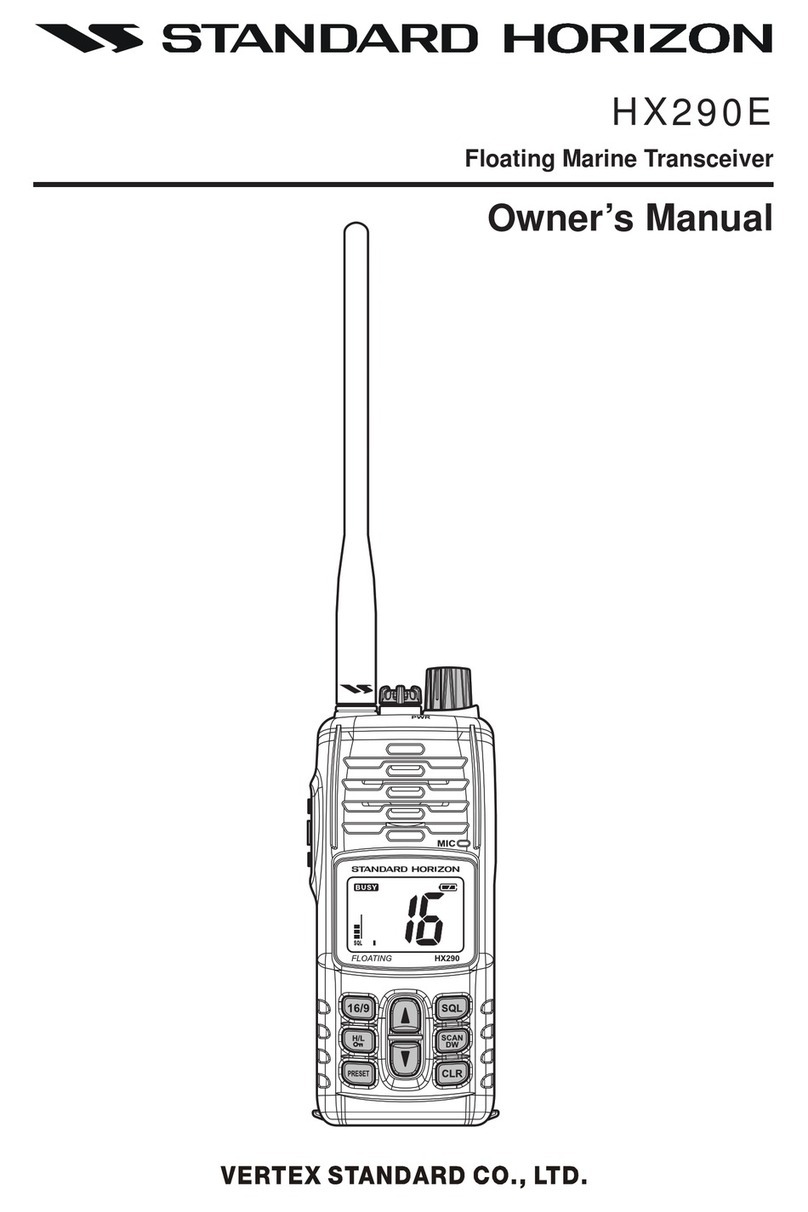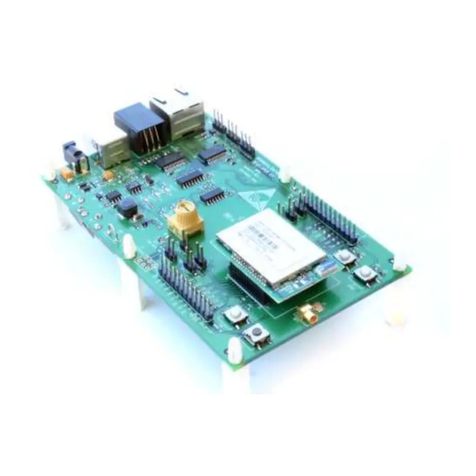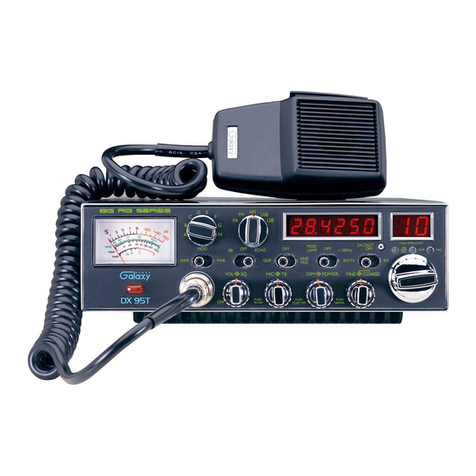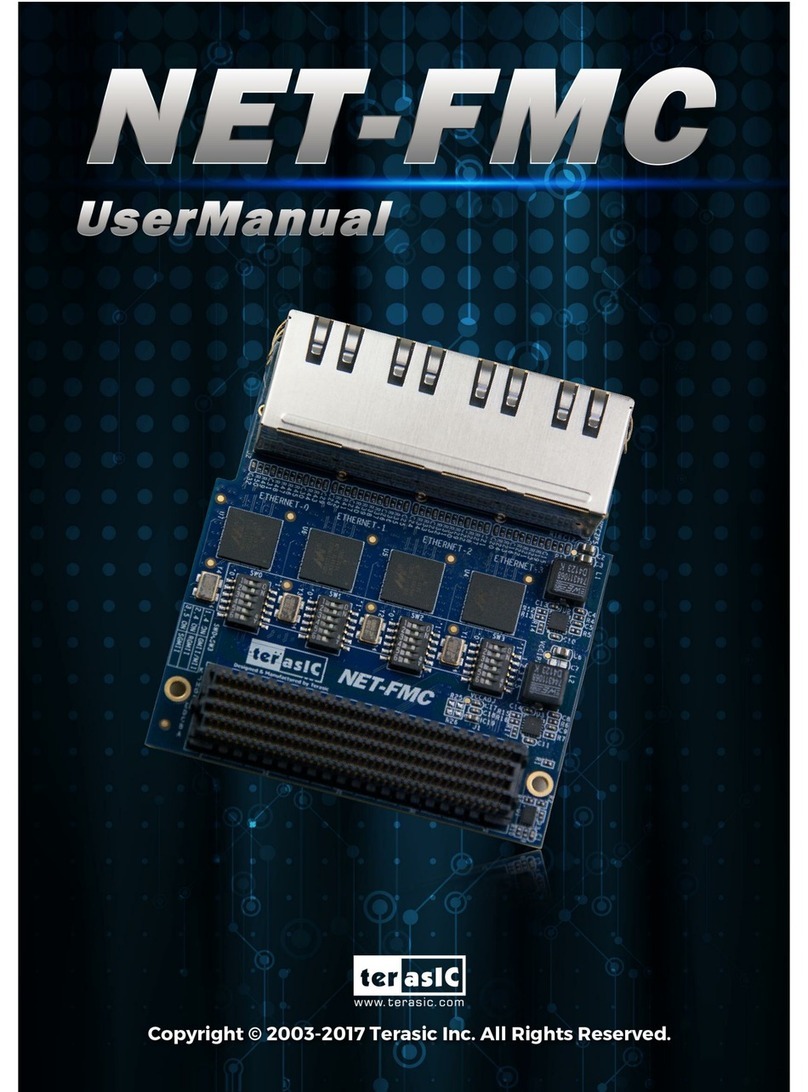
8-1
Circuit Description
VX-6000 VHF Service Manual
Transceiver functions, such as PLL synthesizer
settings and channel programming, are controlled
via the microprocessor unit (MPU). Reception and
transmission are switched by “RX” and “TX” lines,
also controlled from the MPU.
Main Receiver Signal Path
The receiver uses double-conversion superhetero-
dyne circuitry, with a 43.95 MHz 1st IF and 450 kHz
2nd IF. The 1st LO, produced by a PLL synthesizer,
yields the 43.95 MHz 1st IF. The 2nd LO uses a 43.5
MHz (43.95 MHz - 450 kHz) signal generated by a
crystal oscillator. The 2nd mixer and other circuits
use a custom IC to convert and amplify the 2nd IF,
and detect FM to obtain demodulated signals.
Incoming RF signals from the antenna connector
are delivered to the PA Unit or PA-2 Unit.
In the PA Unit, the RF signals pass through a low-
pass filter (LPF) network consisting of coils L6009,
L6008, and L6007, capacitors C6041, C6047, C6040,
C6050, C6039, and C6027, and the antenna switch-
ing relay for delivery to the receiver front end in the
Main Unit.
In the PA-2 Unit, the RF signals pass through a
low-pass filter (LPF) network consisting of coils
L9009, L9008, and L9007, capacitors C9041, C6047,
C9040, C9050, C9039, and C9027, and the antenna
switching relay for delivery to the receiver front end
in the Main Unit.
Signals within the frequency range of the trans-
ceiver are then passed through a varactor-tuned
band-pass filter consisting of L1007 and L1020 be-
fore RF amplification by Q1018 (2SC3356).
The amplified RF is then band-pass filtered again
by varactor-tuned resonators L1009 and L1011 be-
fore and then to ensure pure in-band input to 1st
mixer consisting of trances T1001, FET Q1043
(SPM5001).
Buffered output from the VCO Unit is amplified
by Q1032 (2SC4227) and low-pass filtered by L1041,
L1045 and C1153, C1154 and C1174 to provide a pure
1st local signal between 191.95 and 217.95 MHz for
input to the 1st mixer.
The 43.95 MHz first mixer product then passes
through second RF amplification by Q1030
(2SC3356) and dual monolithic crystal filters XF1001
and XF1002 (7.5 kHz BW) for wide band or XF1003
and XF1004 (3.75 kHz BW) for narrow band, and is
amplified by Q1041 (2SC4226) and delivered to the
input of the FM IF subsystem IC, Q1034
(TA31136FN). This IC contains the 2nd mixer, 2nd
local oscillator, limiter amplifier, FM detector, noise
amplifier, and squelch gate.
The 2nd LO in the IF-IC is produced from TCXO
X1001 (14.500 MHz), and the 1st IF is converted to
450 kHz by the 2nd mixer and stripped of unwanted
components by ceramic filter CF1001 or CF1002. Af-
ter passing through a limiter amplifier, the signal is
demodulated by the FM detector.
Demodulated receive audio from the IF-IC is
amplified by Q1036 (2SA1602A), Q2019
(CXA1846N). After volume adjustment by the AF
power amplifier Q2018 (TDA7240AV), the audio sig-
nal is passed to the speaker jack or the internal 4-
Ohm loudspeaker.
PLL Synthesizer
The 1st LO maintains stability from the PLL syn-
thesizer by using a 14.500 MHz reference signal from
TCXO X1001. PLL synthesizer IC Q1033 (SA7025DK)
consists of a prescaler, reference counter, swallow
counter, programmable counter, a serial data input
port to set these counters based on the external data,
a phase comparator, and charge pump. The PLL-IC
divides the 14.500 MHz reference signal by 725 us-
ing the reference counter (20.0 kHz comparison fre-
quency). The phase detector comparison frequency
is designed to be eight times the channel spacing (2.5
kHz). The VCO output is divided by the prescaler,
swallow counter, and programmable counter. These
two signals are compared by the phase comparator
and sent to the charge pump. A voltage proportion-
al to their phase difference is delivered to the low-
pass filter circuit, then fed back to the VCO as a volt-
age with phase error, controlling and stabilizing the
oscillating frequency. This synthesizer also operates
as a modulator during transmit.
The RX-VCO is composed of Q1019 (2SK520) and
D1010, D1011, D1016, D1018 (all HVU306A), and os-
cillates between 191.95 MHz and 217.95 MHz accord-
ing to the programmed receiving frequency. And the
TX-VCO is composed of Q1020 (2SC5107) and
D1014 and D1015 (bothHVU306A), and oscillates be-
tween 148.0 MHz and 174.0 MHz according to the
programmed transmit frequency. The VCO output
passes through buffer amplifier Q1026 (2SC5107),
and a portion is fed to the buffer amplifier Q1029
(2SC5107) of the PLL IC, and at the same time am-
plified by Q1032 (2SC4227) to obtain stable output.
The VCO DC supply is regulated by Q1006
(2SC4154E). Synthesizer output is fed to the 1st mix-
er by diode switch D1025 (1SS321) during receive,
and to drive amplifier Q1031 (2SC5415E) and Q1025
(2SC2954) for transmit. The reference oscillator feeds
the PLL synthesizer, and is composed of TCXO X1001
(14.500 MHz).





















